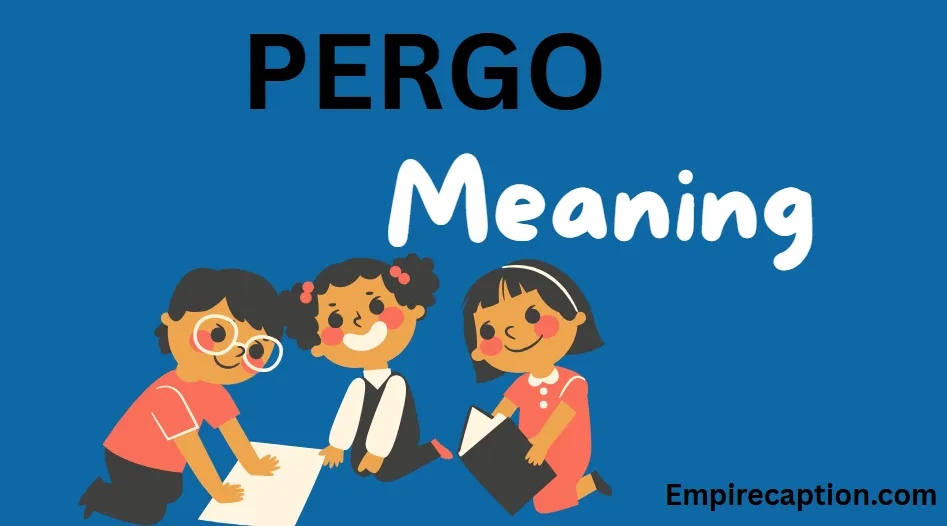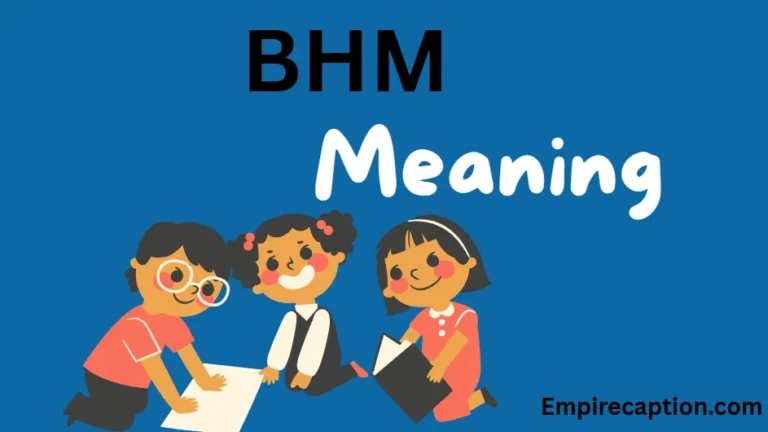Prego Meaning: A Deep Dive into This Versatile Word in Italian and English
Language is full of words that carry more than just a simple meaning. One such word is “prego”, a term that often confuses people who hear it for the first time, especially in an Italian-speaking context. Many travelers or language learners may assume it has only one use, but “prego” is one of the most versatile and culturally rich words in the Italian language. Whether you’re dining in Rome, shopping in Florence, or just watching an Italian movie, you’re likely to hear “prego” multiple times in different situations.
The beauty of “prego” lies in its flexibility. It can be a response, an invitation, a polite expression, or even a form of emphasis. Its exact meaning depends heavily on the context, tone, and accompanying body language. This makes it an intriguing word to explore. Many English speakers often wonder how a single word can carry so many meanings, from “you’re welcome” to “please, go ahead.”
In this article, we will explore everything about “prego” in detail. You’ll learn what it really means, its origin, its uses in modern conversation, and how to pronounce it correctly. We’ll also go through common sentences where the word appears, its cultural impact, and what to say instead if you want to sound more casual, formal, or modern. By the end, you’ll have a clear understanding of “prego”, whether you’re traveling to Italy, learning the language, or simply curious.
What Does “Prego” Mean?
The word “prego” is an Italian term that can be directly translated to “you’re welcome” in English. However, this is only one of its many uses. The literal translation comes from the verb pregare, which means “to pray” or “to beg”. So “prego” originally meant something like “I pray” or “I beg you.”
In modern usage, “prego” has expanded beyond its original religious or pleading meaning. It has become a polite and versatile response in many situations. When someone says “grazie” (thank you), the most common and automatic reply is “prego.” In this case, it means “you’re welcome” in a polite and respectful way.
But it can also mean “please” when inviting someone to do something. For example, when opening a door and letting someone enter first, an Italian might say, “Prego, dopo di te,” which means “Please, after you.”
It can even serve as a way to ask someone to speak or act, like saying “go ahead” or “come in.” Because of all these meanings, context is key to understanding exactly what someone means when they say “prego.”
The Origin and Evolution of “Prego”
The word “prego” comes from the Italian verb “pregare,” which has Latin roots. The Latin verb precari means “to entreat, to pray, or to plead.” Over time, as Latin evolved into Italian, precari transformed into pregare, and its first-person singular form became “prego.”
Initially, “prego” carried a tone of supplication or religious prayer. People used it in religious ceremonies or when asking for divine help. However, as everyday language evolved, so did the use of the word. It gradually took on more secular and polite meanings.
In the Middle Ages, “prego” started to be used as a way to show respect and formality, especially among the upper classes. If someone offered a gift or performed a service, the reply “prego” was used to accept their thanks or to express humility.
By the 19th and 20th centuries, “prego” had entered everyday conversation and became a common part of Italian politeness. Today, its original meaning of “I pray” is rarely considered in everyday use. Instead, people know it as a multi-use word for politeness, hospitality, and courteous conversation.
Is “Prego” a Slang, Acronym, or Name?
“Prego” is not slang, not an acronym, and not a proper name in its original form. It is a fully recognized and standard word in the Italian language, commonly used across all regions of Italy and by Italian speakers around the world.
Unlike slang words that tend to be informal, regional, or trend-based, “prego” is a formal and accepted word used in schools, official settings, and polite speech. It’s the kind of word you’d expect to hear in a hotel, restaurant, office, or even in church.
That said, there is one informal English use of the word “prego” as slang for pregnant, especially in the United States. Someone might say, “She’s prego” instead of “She’s pregnant.” This is a very casual, joking, or playful form of slang and has nothing to do with the Italian usage.
In rare cases, “Prego” is also used as a brand name, such as for a popular pasta sauce in the U.S. This again has no connection to the word’s meaning in Italian. So while “prego” is not a slang or acronym in Italian, its use in other languages may differ depending on the context.
“Prego” Pronunciation & Spelling
“Prego” is pronounced in Italian as /ˈpreɡo/. It is a two-syllable word with the stress placed on the first syllable: PRE-go.
The “e” is short and clear, like the “e” in “pet.” The “g” is a hard “g,” like in “go,” not soft like in “gentle.” The “o” at the end is pronounced like the “o” in “lot,” but with a slightly rounder Italian sound.
Spelling is straightforward: P-R-E-G-O. Since it’s a standard Italian word, it doesn’t change spelling across regions or contexts.
When speaking Italian, pronouncing it correctly is important for being understood. Saying it with the correct stress and vowel sounds helps maintain a polite and respectful tone. Native speakers use it smoothly and often, almost like a natural part of their flow of conversation.
How People Use “Prego” Today
Today, “prego” is used in many daily conversations and formal exchanges in Italy. It shows up in different ways based on what you want to say.
The most common use is as a polite reply to “grazie” (thank you). If someone thanks you for holding the door, handing them something, or helping them, you would naturally say “prego.”
Another common usage is when inviting someone to do something. If you’re offering someone a seat, pointing them toward the entrance, or suggesting they speak, you might say “prego” like “please, go ahead.”
In restaurants or stores, servers and shopkeepers often say “prego” to signal they are ready to assist. It can mean “yes, how can I help you?” or “please place your order.” This creates a warm and inviting tone.
“Prego” can also be used to encourage action. For example, if someone is hesitant to enter a room, the host might gesture and say, “Prego!” to reassure them they are welcome.
Some parents and teachers also use “prego” in an instructive tone. For example, if a child is being shy, an adult might say “Prego, parla” meaning “Please, speak.”
In all these examples, “prego” keeps its role as a polite and helpful expression, making it deeply woven into the way Italians communicate.
Examples of “Prego” in a Sentence
- A: Grazie per l’aiuto.
B: Prego. - Prego, si accomodi.
(Please, take a seat.) - Prego, entri pure.
(Go ahead, come in.) - Prego, la prossima persona.
(Next person, please.) - A: Posso prendere questo?
B: Prego, è tuo.
(Sure, it’s yours.) - A: Grazie per il caffè.
B: Prego! - A: Hai una penna?
B: Prego.
(Here you go.) - Quando è arrivato il suo turno, il medico ha detto: “Prego.”
- Prego, parli pure.
(Go ahead, speak.) - Il cameriere ha detto “prego” con un sorriso.
- A scuola, l’insegnante ha detto: “Prego, inizia a leggere.”
- Al telefono: “Prego? Chi parla?”
(Hello? Who’s speaking?) - Al bar, ho chiesto un caffè, e il barista ha risposto: “Prego.”
- Quando ho aperto la porta, ho detto: “Prego, dopo di te.”
- Alla fine della lezione, l’insegnante ha detto: “Domande? Prego.”
Other Possible Meanings of “Prego”
In English-speaking countries, “prego” is sometimes used as a slang term for pregnant. This is mostly informal and humorous. For example, someone might say, “She’s prego with twins.” This form of the word has no connection to the Italian word “prego.”
Another alternate meaning of “Prego” is as a brand name, especially in the United States. Prego is a well-known brand of pasta sauce owned by the Campbell Soup Company. People often associate the name with Italian-style tomato sauces. In this context, the word is used for its Italian feel, though it doesn’t relate to the literal meaning.
These alternate uses can sometimes confuse people, especially when they hear “prego” in a casual conversation and assume it refers to pregnancy or food, rather than polite Italian speech.
Read Also: bhm meaning







